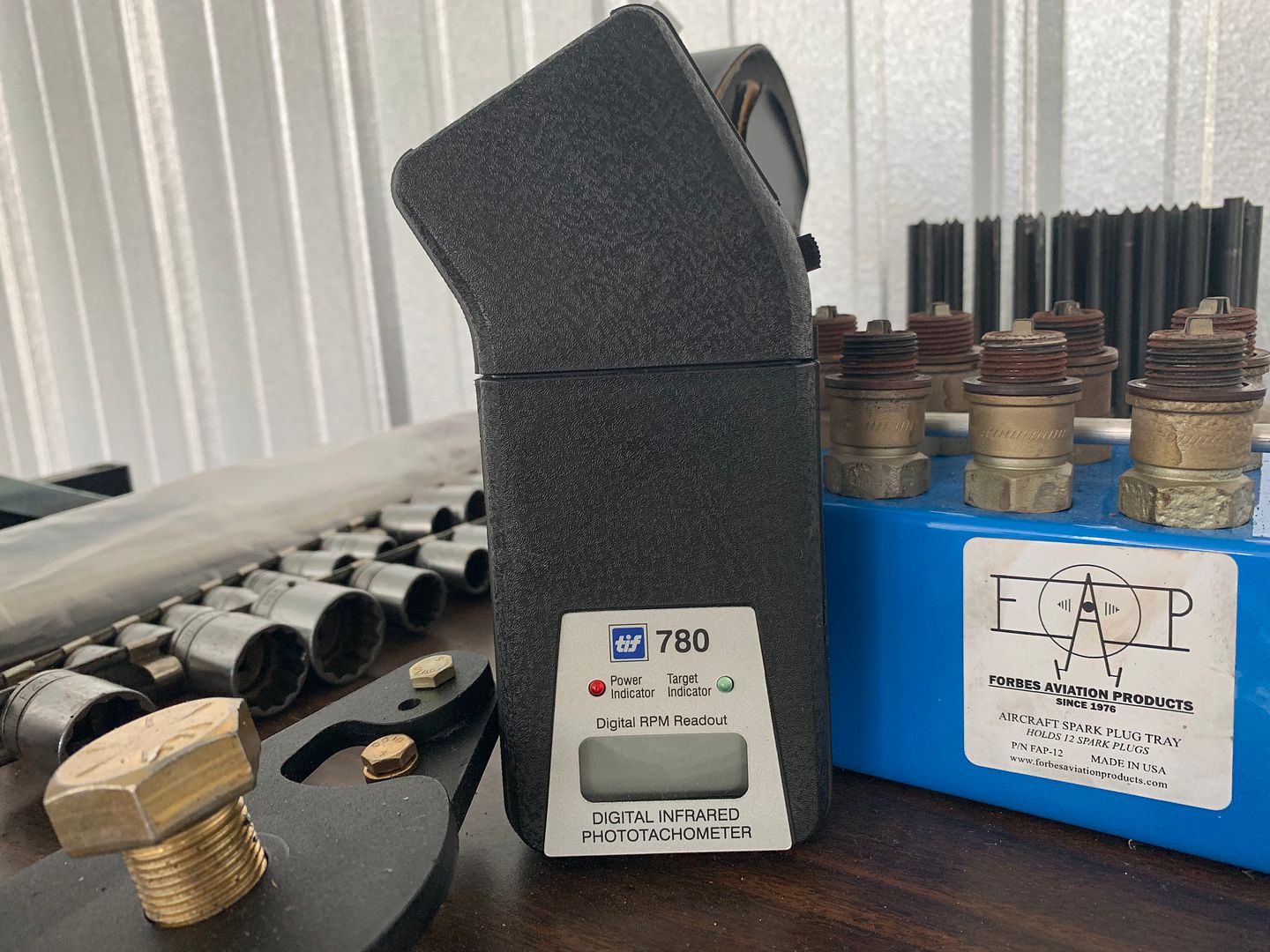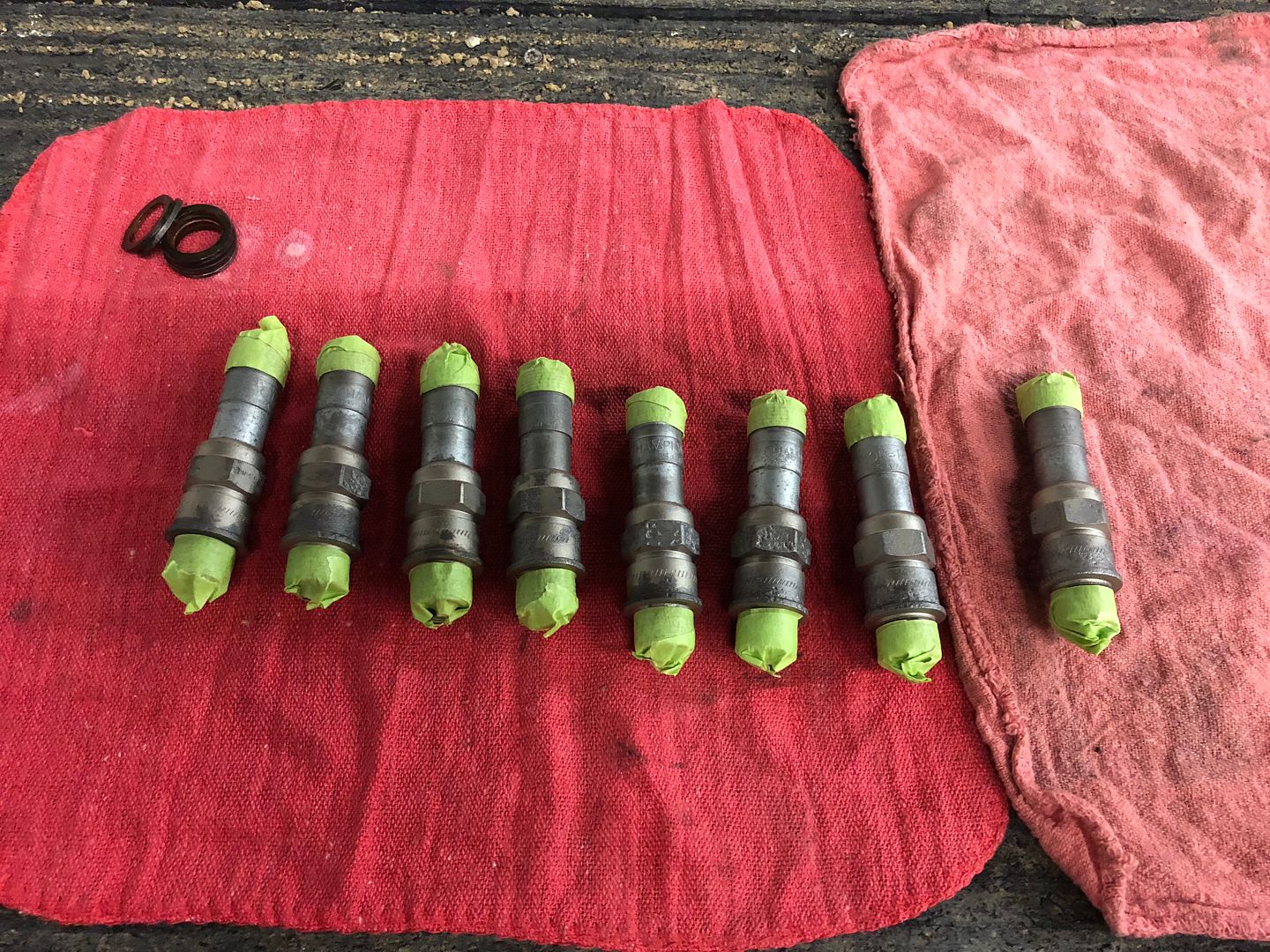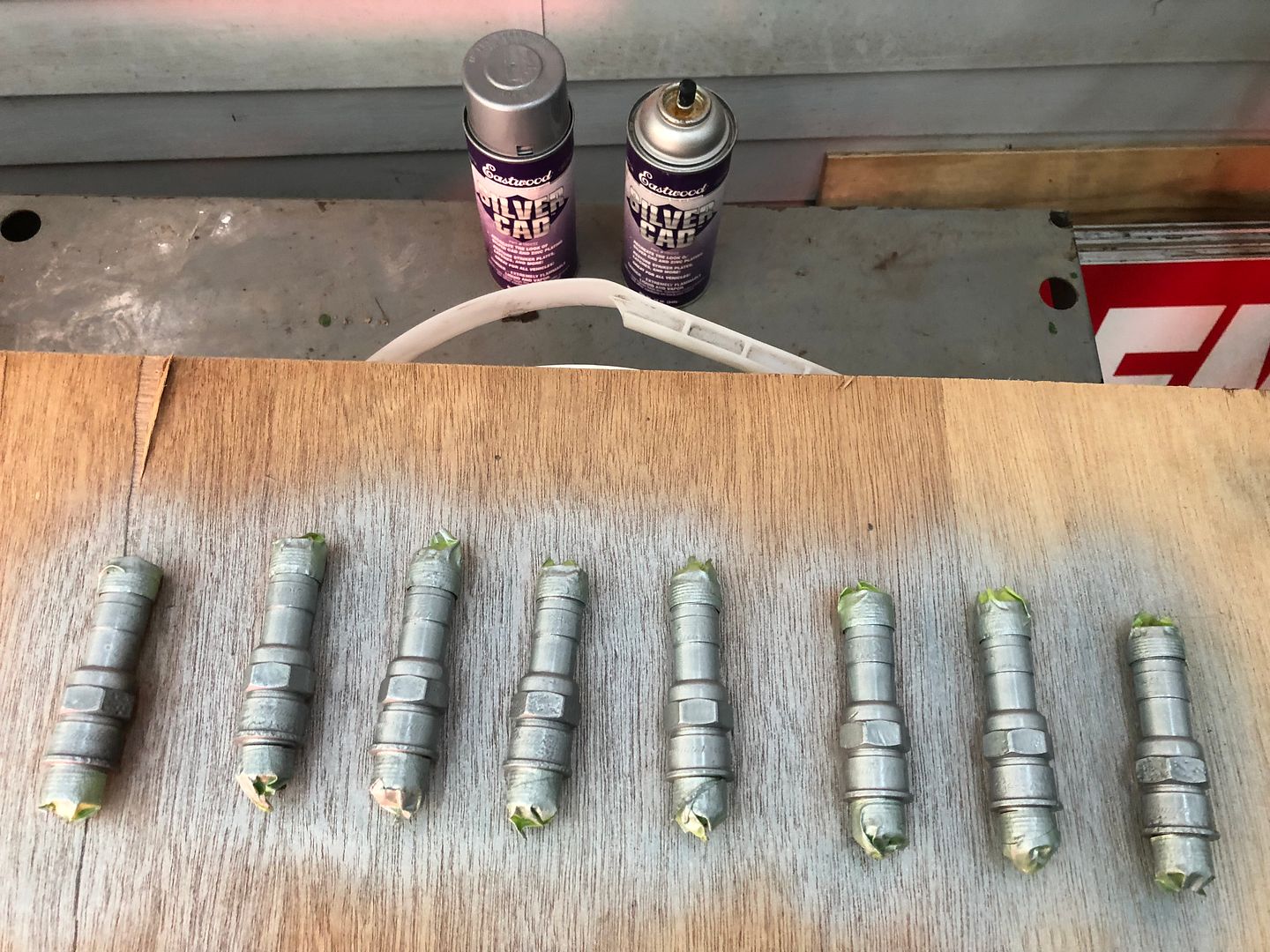jmarine225
Pre-takeoff checklist
- Joined
- Jan 19, 2020
- Messages
- 233
- Display Name
Display name:
Jmarine225
In my never ending quest to figure this out, I have a 1969 Cherokee which was using a lot of oil. Long story short, had a crack in cylinder number 3 and it was replaced. I’ve been putting hours on it and the oil consumption during breakin has Improved so far to 4-5 hours per quart, after 5 hours. Now looking at the photos, where could that oil on the wheel pant be coming from? Is it blowoff as it was filled up to 7 during the last flight? There are no obvious leaks inside the engine compartment. Clean and dry. Also, the engine has chrome cylinders.






